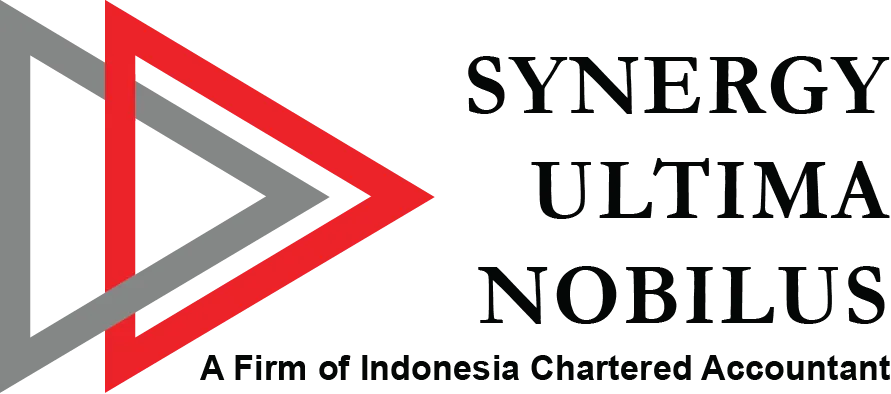- Phone: (031) 849 5566
- WA: +6282140060234
- Email: [email protected]
- Hours: Mon-Fri, 8am - 5pm
5 Tricks to Make Your Training Scream ‘Not Boring’

5 tricks to make your training spark and highly engage!
A good training session doesn’t just deliver information. It connects, engages, and inspires action. While mastering the material is essential, designing an effective presentation is what truly brings your training to life. When done right, it helps participants absorb, retain, and apply what they’ve learned long after the session ends.
Bring Your Training to Life with These 5 Tricks
To make training sessions not only informative but also memorable, your presentation must be clear, purposeful, and audience-centered. It’s more than just putting slides together; it’s about crafting a message that’s relevant, digestible, and engaging. To do that, here are five key steps you shouldn’t skip:
1. Know Your Audience First
Start by understanding your participant’s background. Are they experienced professionals, university students, or beginners in the topic? By identifying their background, learning needs, and preferences, you can better tailor both your content and delivery style. When learners feel understood, they’re more likely to stay engaged and absorb your message.
2. Define Clear Goals from the Start
Every effective presentation begins with a clear purpose. Ask yourself what outcomes you want by the end of the session. Should participants grasp a concept, apply a skill, or shift their work habits? Having clear goals helps you shape your content and choose the right delivery methods that align with those objectives.
3. Choose the Right Presentation Tools
PowerPoint is useful, but it’s not the only option. Consider incorporating videos, interactive whiteboards, online quizzes, or physical props. Pick tools that enhance understanding and keep the session dynamic. Also, make sure they’re accessible and appropriate for your training format, whether in-person or virtual.
4. Encourage Active Learning
One-way lectures rarely keep attention. Instead, involve your participants through discussions, case studies, role-playing, or learning games like icebreakers. Active engagement helps learners process ideas, think critically, and connect the material to their own experiences.
5. Evaluate and Reinforce Key Takeaways
Don’t skip the follow-up. After the training, assess how well participants understood and can apply the content. Use quizzes, feedback forms, or hands-on tasks to measure results. This not only reinforces learning but also gives you insights to improve future sessions.
By following these five steps, your training presentation won’t just go smoothly—it will leave a lasting impact. Because in the end, effective training isn’t about how much you teach, but how much learners take with them and apply.





